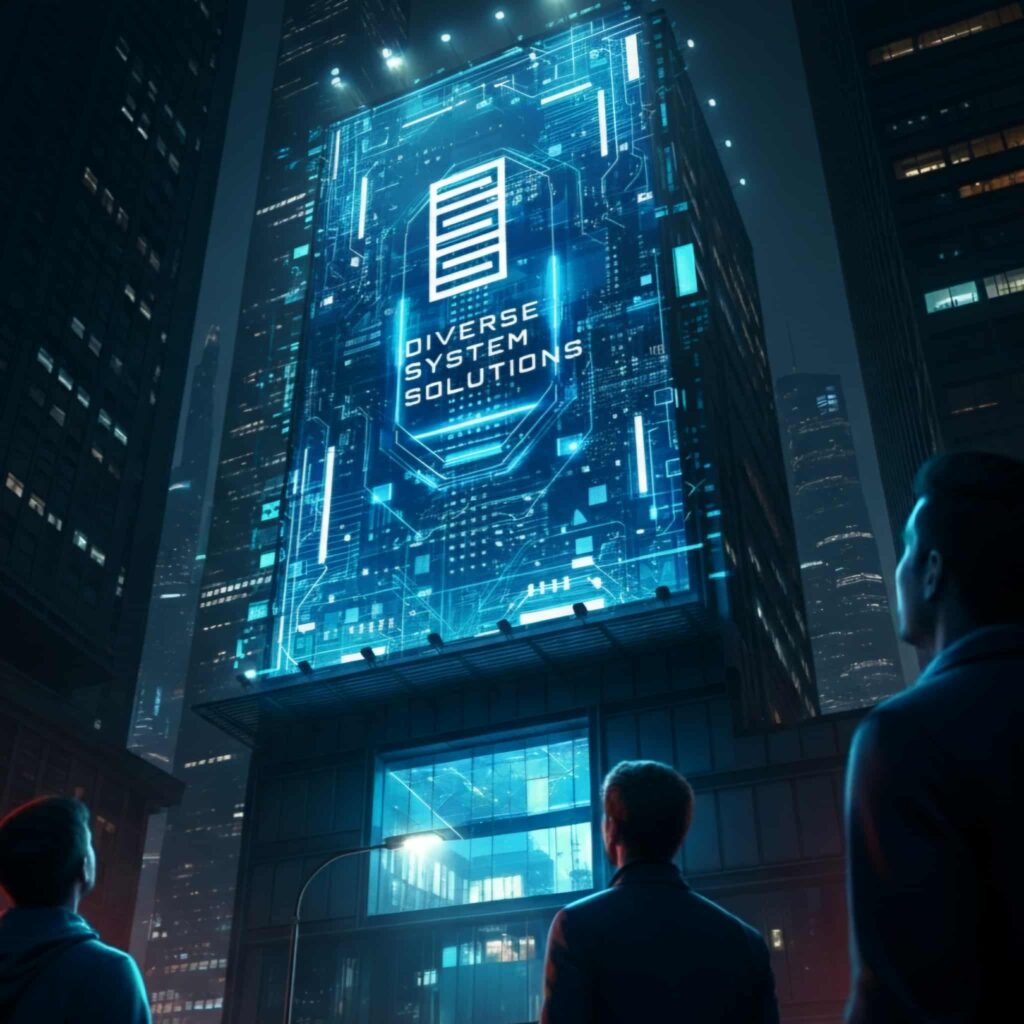The Relentless March of Technology: Innovate or Be Left Behind

In today’s interconnected world, the pace of technological advancement is nothing short of breathtaking. What was once considered cutting-edge can quickly become obsolete, and new breakthroughs emerge with dizzying regularity. From artificial intelligence and blockchain to advanced robotics and sustainable energy, the landscape of possibilities is constantly being reshaped. This rapid evolution presents both immense opportunities and significant challenges for organizations across every sector.
For any business, institution, or collective, the message is clear: innovation is no longer a luxury, but a vital necessity for survival and growth. The implications of ignoring this imperative are severe. Organizations that cling to outdated methods and resist adopting new technologies risk stagnation. In a competitive market, stagnation is merely a precursor to decline. Competitors who embrace innovation will inevitably gain an edge, offering more efficient services, superior products, or entirely new solutions that capture market share and customer loyalty.
Consider the retail industry, where e-commerce giants leveraged technology to fundamentally alter consumer behavior, leaving many traditional brick-and-mortar stores struggling to adapt. Or the media landscape, transformed by streaming services and digital content platforms, rendering old models almost unrecognizable. These are not isolated incidents but emblematic examples of how quickly established players can be disrupted when they fail to innovate.
Innovation doesn’t always mean inventing the next big thing. Often, it involves adapting existing technologies, optimizing internal processes, or creatively applying new tools to solve old problems. It’s about fostering a culture of continuous learning, experimentation, and adaptability within the organization. This means investing in employee training, encouraging cross-functional collaboration, and being willing to take calculated risks.
The choice is stark: organizations can either proactively embrace change, integrate new technologies, and continuously seek better ways of operating, or they can passively observe as the world moves on without them. In an era defined by constant technological flux, the ability to innovate is not just a competitive advantage; it is the very bedrock of long-term relevance and success. To remain stagnant is to accept an inevitable slide into obsolescence. The time to innovate is now.
~~ Frederick Puno
DSSI CEO





